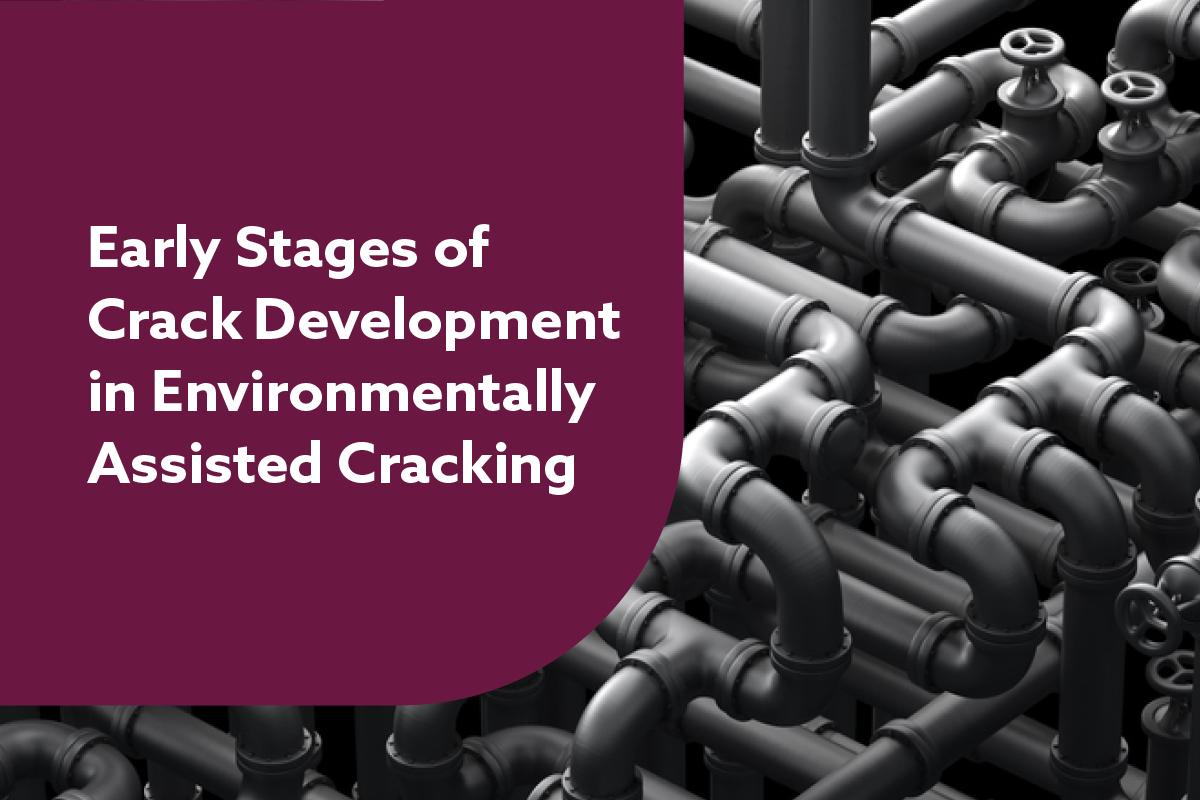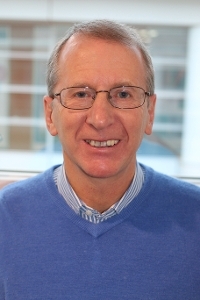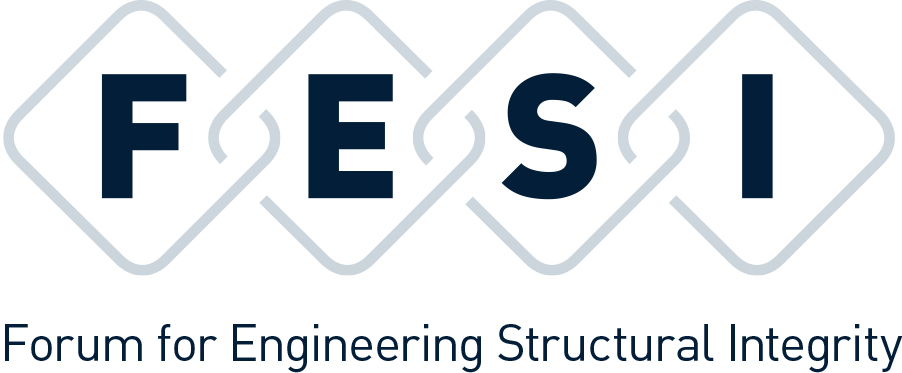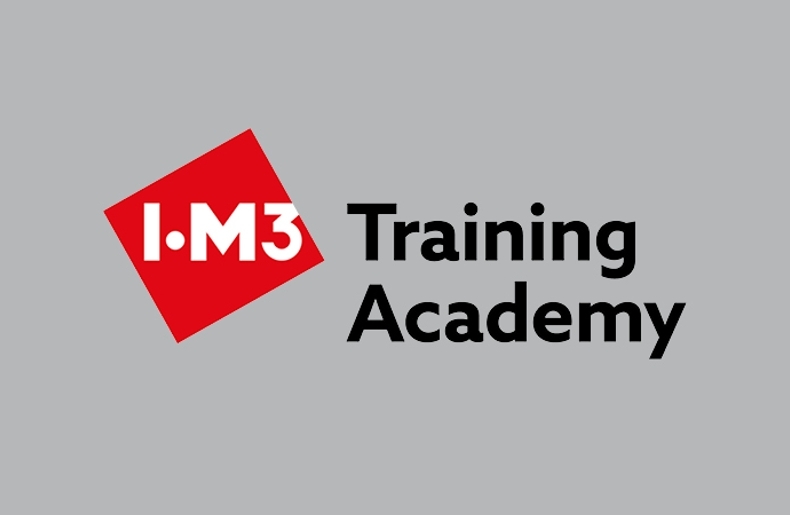Early Stages of Crack Development in Environmentally Assisted Cracking
Exploring the role of the dealloyed layer and corrosion pits as precursors to EAC.
Please login or create your My IOM3 Account to access this on-demand webinar.
Engineering Structural Integrity Series
We are delighted to be working with FESI (Forum on Engineering Structual Integrity) to host a series of lectures highlighting the importance engineering structural integrity to a variety of sectors.

The overall life of a component or structure that may fail by environmentally assisted cracking is commonly determined by a number of steps: precursor development; transition to a crack; small crack growth; long crack growth. The prior surface state and surface preparation method can be critical; for example, machining and grinding can introduce surface defects, residual stress, and nanocrystalline and heavily deformed surface layers, all of which may impact on precursor and early crack development.
The nature of the crack precursor will depend on the alloy and the loading and exposure conditions. Examples include dealloyed layers, corrosion pits, physical defects (especially at welds), grain boundary oxides, but for this presentation the focus will be restrained to dealloyed layers and to corrosion pits.
The role of a dealloyed layer will be illustrated in the context of research to establish the critical temperature for external stress corrosion cracking of duplex stainless steel in offshore topside pipework carrying hot oil. It will be shown how a combination of surface condition, an aggressive seawater evaporation environment, and stresses at 90% of yield, created the optimum combination for formation of a dealloyed layer, spawning colonies of microcracks that coalesced and propagated sub-surface. The problem is now avoided in service by coating the pipework above the critical temperature, but the value proposed by the NPL research is below that in the existing standard.
Corrosion pits are probably the most observed precursor to cracks in aqueous environments, and the transition from pit to crack perhaps the most studied. A brief summary of the present perspective on the loci of sites of crack initiation will be made. However, the main emphasis will be on quantifying the growth of small cracks emerging from a pit. A description of the methodology and associated challenges will be given using examples from the NPL research on stress corrosion cracking and low frequency corrosion fatigue of 12 Cr steam turbine blade steel. A key feature to emerge from the research is the observation of enhanced crack growth rates for small cracks that can only be explained on an electrochemical basis. The significance of pitting and small crack growth for inspection and lifetime prediction in service will be discussed.
Meet your speaker - Dr Alan Turnbull, NPL
Alan Turnbull OBE FRS FREng joined NPL in 1973 and has produced over 250 publications on environmentally assisted cracking, on localised corrosion, and on modelling of corrosion processes, and has been the principal author of twelve international standards. He is a recipient of the T P Hoar Prize (twice) the Bengough Prize (twice), a Technical Achievement Award from NACE International, the Cavallaro Medal, the U R Evans Award, the Whitney Award, the Alex Hough-Grassby Award, the Lee Hsun Lecture Award from IMR, Shenyang, and the China Distinguished Materials Scientists Award, USTB, Beijing. Alan was elected Fellow of the Royal Academy of Engineering in 2011 and Fellow of the Royal Society in 2013. In 2016, he was awarded the OBE for services to science and industry.



These activities are approved for Professional Development by the Institute of Materials, Minerals & Mining.



